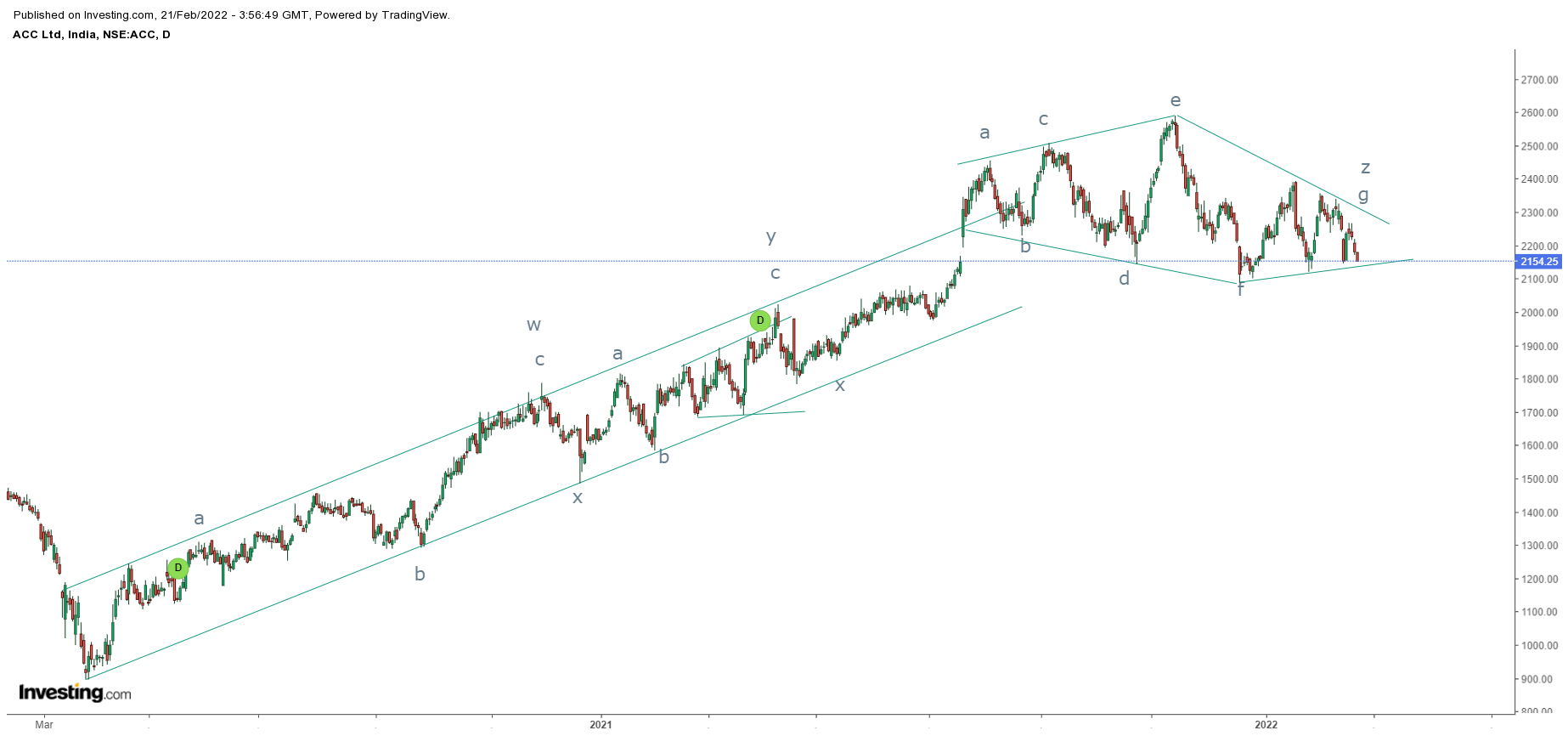DJIA (US): Elliott Wave Counts
The Dow Jones Industrial Average, also called the Industrial Average,
the Dow
Jones, the Dow Jones Industrial, the Dow 30, or
simply the Dow, is a stock
market index, and one of
several indices created by Wall Street Journaleditor and Dow
Jones & Company co-founder Charles Dow. The industrial average was first calculated
on May 26, 1896.[1]Currently owned by S&P
Dow Jones Indices,
which is majority owned by McGraw-Hill
Financial, it is the most
notable of the Dow Averages, of which the first (non-industrial) was first
published on February 16, 1885. The averages are named after Dow and one of his
business associates, statistician Edward
Jones. It is an index
that shows how 30 large publicly owned companies based in
the United States have traded during a standard trading session in the stock market.[3] It
is the second oldest U.S. market index after the Dow
Jones Transportation Average,
which was also created by Dow.
The Industrial portion of the name is largely
historical, as many of the modern 30 components have little or nothing to do
with traditional heavy industry. The average is price-weighted, and
to compensate for the effects of stock splits and other adjustments, it is
currently a scaled average. The value of the Dow is not the actual average
of the prices of its component stocks, but rather the sum of the component prices
divided by a divisor, which changes whenever one of the component
stocks has a stock split or stock dividend, so as to generate a consistent
value for the index. Since the divisor is currently less than one, the value of
the index is larger than the sum of the component prices.
From wave perspective, it is very clear
that prices are moving in an upward sloping blue channel. After completing wave
x in the month of November 2012, prices continued its upmove in triple correction
pattern (a-b-c-x-a-b-c-x-a-b-c) where it completed wave y. Currently it is
moving in wave x which is also corrective in nature. If we observe, the index
has completed wave w and wave x of the current wave x and it seems that wave y
of the current leg remain pending on downside. On Friday we have seen DJIA
moving down by 140 points, it seems this fall may further extend and can test
that support of the blue channel which is around 16100 levels.




Comments